By Louise Irvine
The Old Curiosity Shop
Charles Dickens has been a huge influence on the way we celebrate the holiday season. With his Christmas stories, he rekindled the joy of the season in Britain and America and revitalized the heart and soul of the holidays. WMODA pays tribute to the “master of smiles and tears” in The Old Curiosity Shop which is the museum’s bookshop, selling new and second-hand titles. Choose books for your holiday gifts this year as we make merry with a Dickens Christmas.
The original Old Curiosity Shop dates to the 16th century and survived the Great Fire of London in 1666. The quaint old shop was visited by Dickens and immortalized in his 1841 novel which was serialized originally in his weekly periodical Master Humphries Clock. The tragic tale of Little Nell, a virtuous orphan, unfolded in “one of those receptacles for old and curious things which seem to crouch in odd corners of this town and to hide their musty treasures from the public eye in jealousy and distrust.” Legend has it that readers in New York, desperate to find out Little Nell’s fate, stormed the Manhattan wharf when the ship from England docked with the last installment.
A Dickens Christmas
The holiday season would not be the same without Charles Dickens. His evocative novels conjure up many romantic images of Christmas past – jovial feasts with flaming plum puddings; brimming punch bowls and chestnuts roasting on a blazing log fire; quaint cobbled streets blanketed in snow and red cheeked gentlemen in mufflers doing their Christmas shopping. A Christmas Carol is his most widely read book and has never been out of print. This cherished tale of human redemption helped rejuvenate the old Christmas traditions of England and evoked images of festivity after a period of sobriety.
At the time Dickens wrote A Christmas Carol, festive celebrations were in decline. The medieval Christmas traditions were based on the ancient Roman agricultural festival of Saturnalia and the Germanic winter festival of Yule. Pagan superstitions were stamped out by the Puritans for religious reasons and by the Industrial Revolution, English workers had little time off to celebrate Christmas. It was Queen Victoria’s German husband, Prince Albert, who introduced the Christmas Tree to Windsor Castle in 1841 to remind him of his childhood.
The first Christmas card was printed in 1843, the same year that Dickens published A Christmas Carol. It proved to be very popular although the Temperance League criticized the drinking scene. Idyllic images of Christmas merriment with dancing and kissing under the mistletoe are also brought to life in Dickens’ first novel, The Pickwick Papers. During their coach travels around England, Samuel Pickwick and his friends spend Christmas at Dingley Dell.
Who’s Who in Dickens
Mr. Pickwick, as with all Charles Dickens’ characters, is drawn comically with an exaggerated personality. This plump, philanthropic retired businessman has been the inspiration for many Royal Doulton collectibles thanks to Art Director, Charles Noke, who was a great fan of Dickens. To hear him talk about the characters was to believe he had met them in person rather than in the pages of a book. Mr. Pickwick was also sculpted in 1895 by George Tinworth who was an avid reader of Dickens.
Some of Dickens most famous characters can be seen on the Royal Doulton jugs and Moorcroft vases displayed in The Old Curiosity Shop at WMODA. In the Cheers exhibition, look out for the Beswick Sairey Gamp teapot depicting the tipsy nurse from Martin Chuzzlewit, who went to “a laying in or a laying out with equal zest and relish.” Also in Cheers, you will see a whisky flask in the form of Tony Weller, the stout coachman turned publican in Pickwick Papers. He knowingly warns against widows, “Beware of the Vidders!”.
Museum Bookshop
New books about various pottery and porcelain companies featured at WMODA are available for sale in the museum’s bookshop. There is also a large selection of second-hand books, periodicals and auction catalogs to browse and buy. Pre-loved pottery, porcelain and glass art are often gifted to WMODA and will be sold in The Old Curiosity Shop to raise funds for the museum’s educational programs. Thank you to volunteers Dale King and Alain Montour for their assistance with the bookshop inventory.
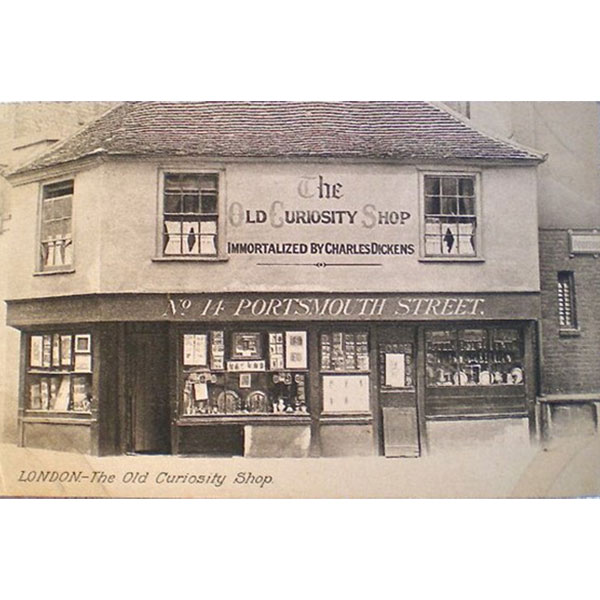
The Old Curiosity Shop Postcard
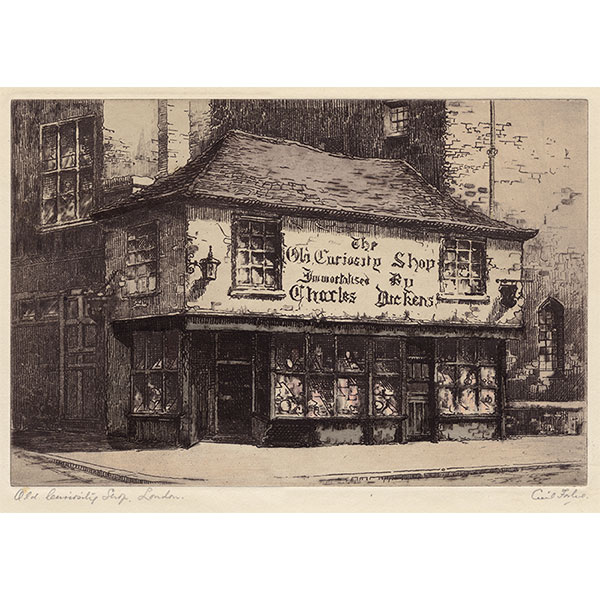
The Old Curiosity Shop C. Forbes
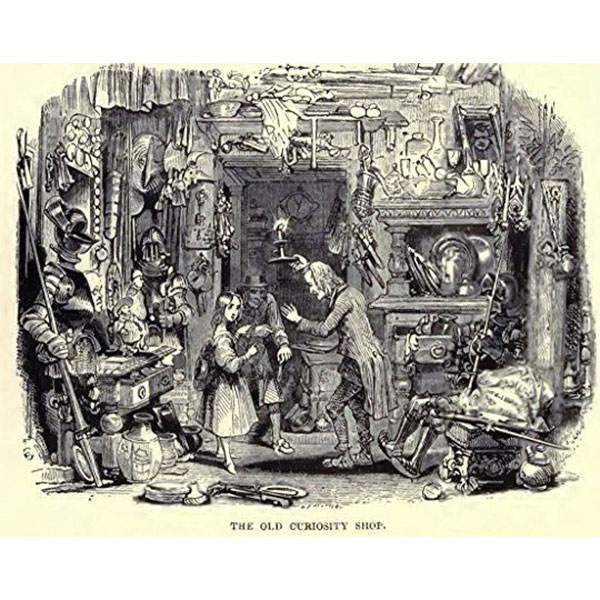
Charles Dickens The Old Curiosity Shop Book Illustration
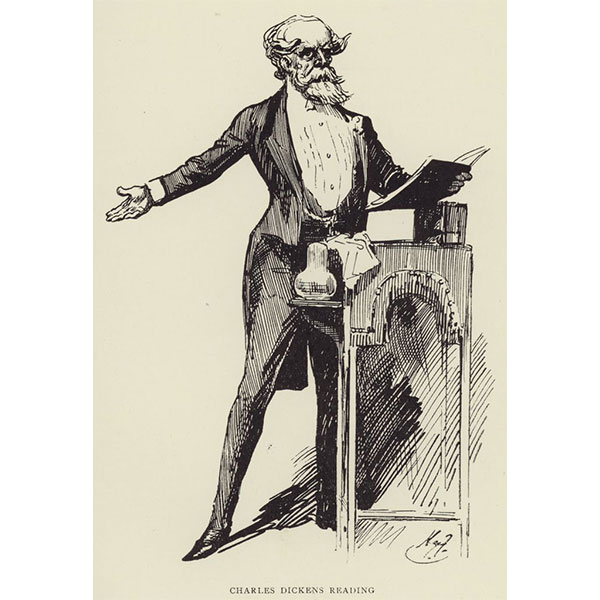
Charles Dickens Reading H. Furniss
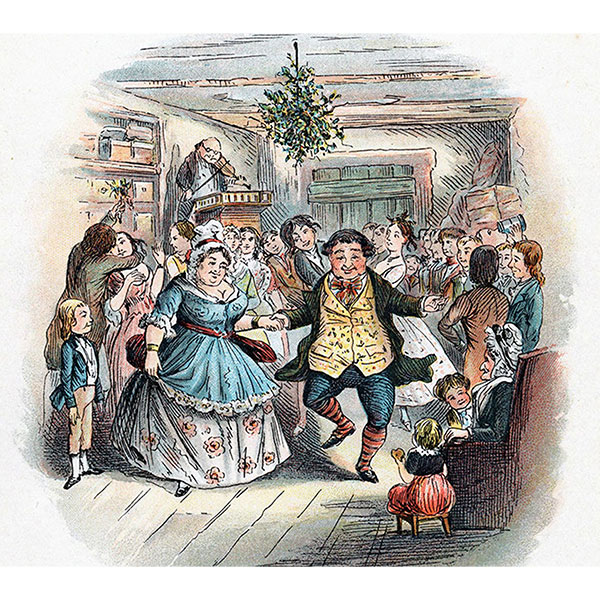
Dickens Christmas Pickwick Papers
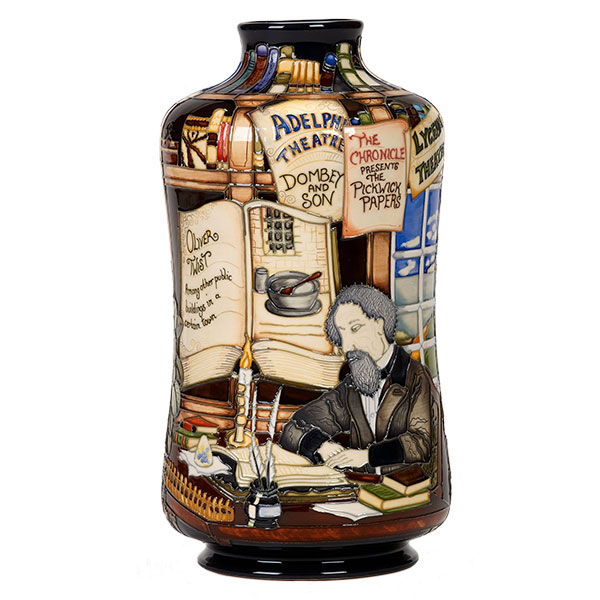
Moorcroft Dickens Vase
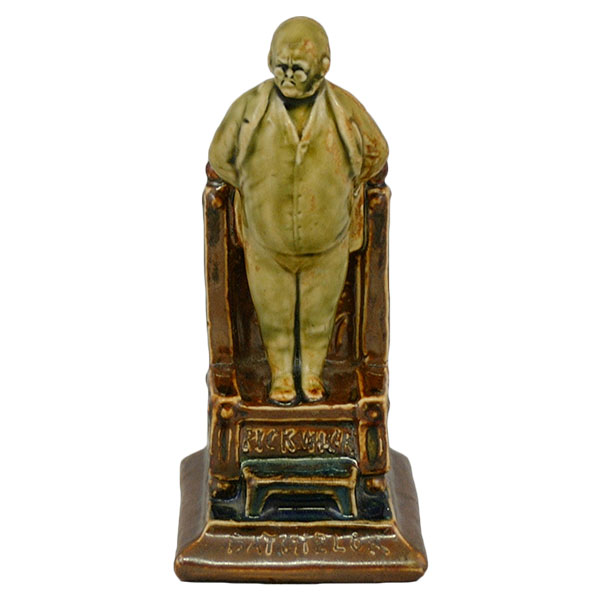
Doulton Mr. Pickwick G. Tinworth
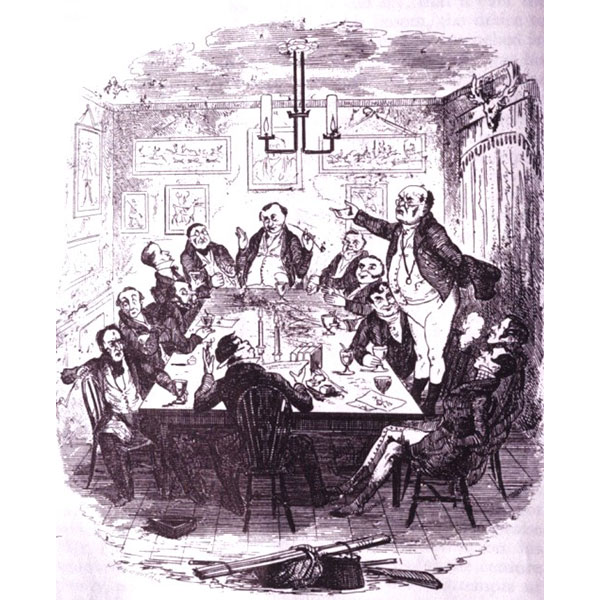
Mr. Pickwick Addresses his Club
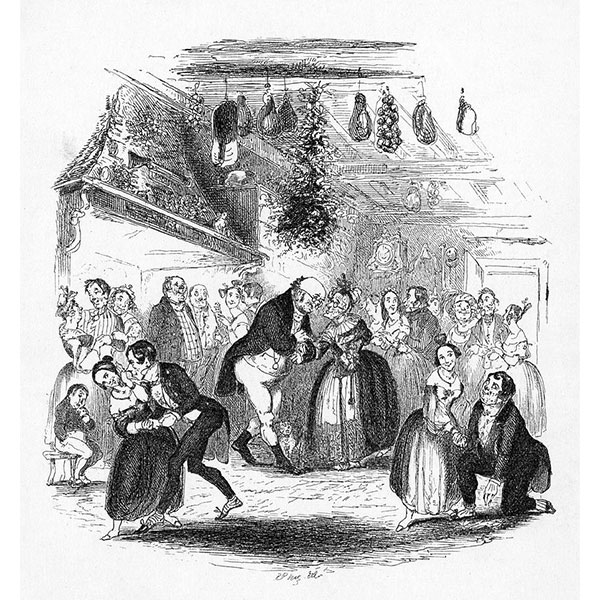
Kissing Under the Mistletoe at Dingley Dell
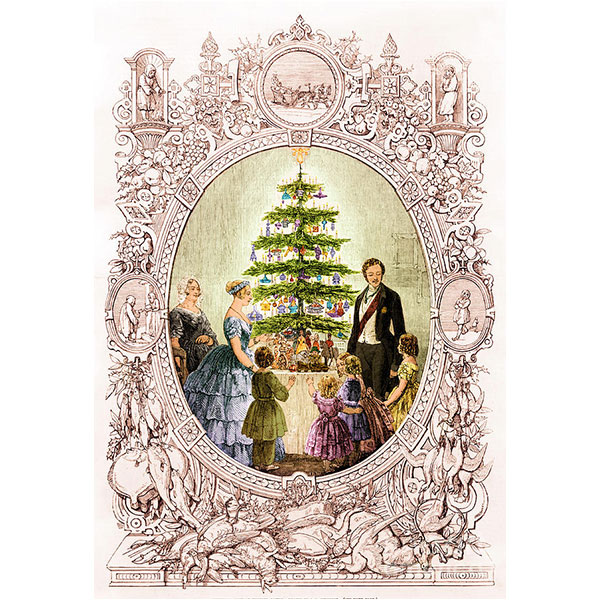
Christmas Tree at Windsor Castle
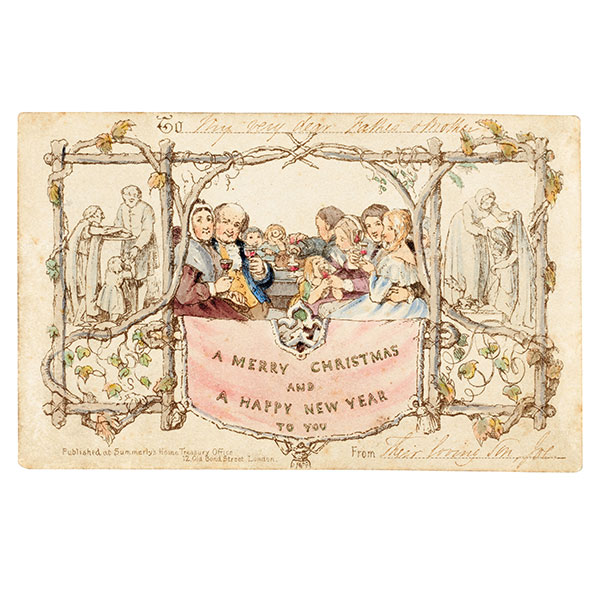
First Christmas Card
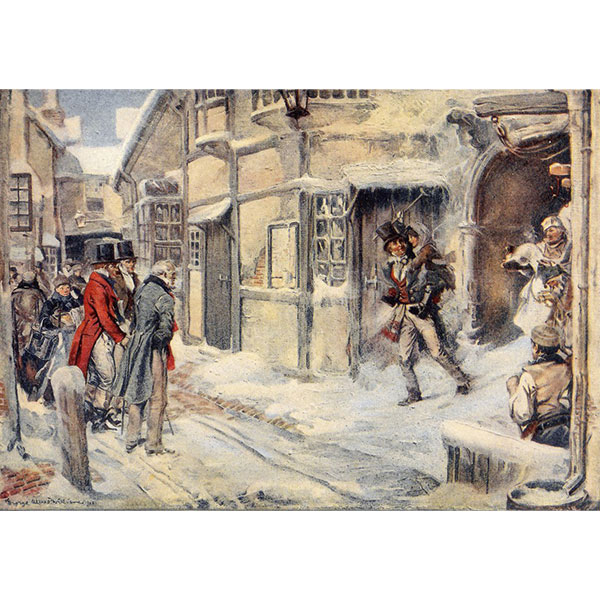
Christmas Carol Illustration
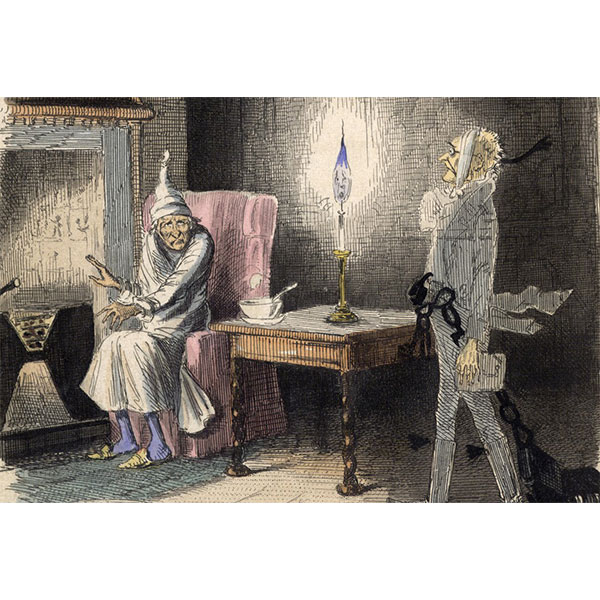
Christmas Carol Ghost
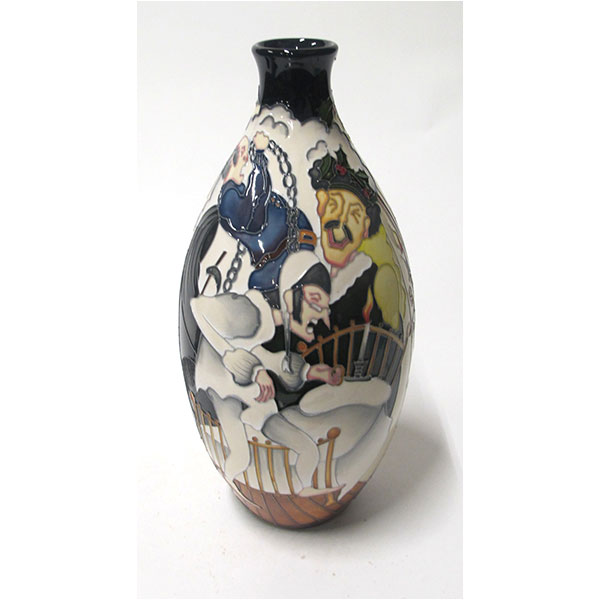
Moorcroft Christmas Carol Vase
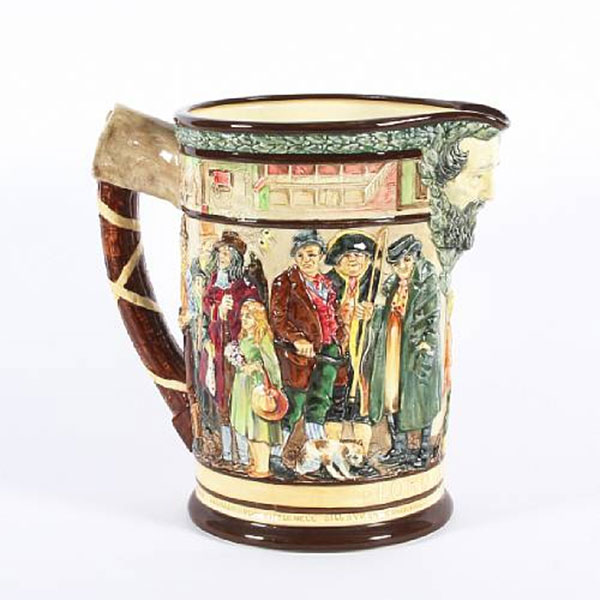
Royal Doulton Dickens Jug
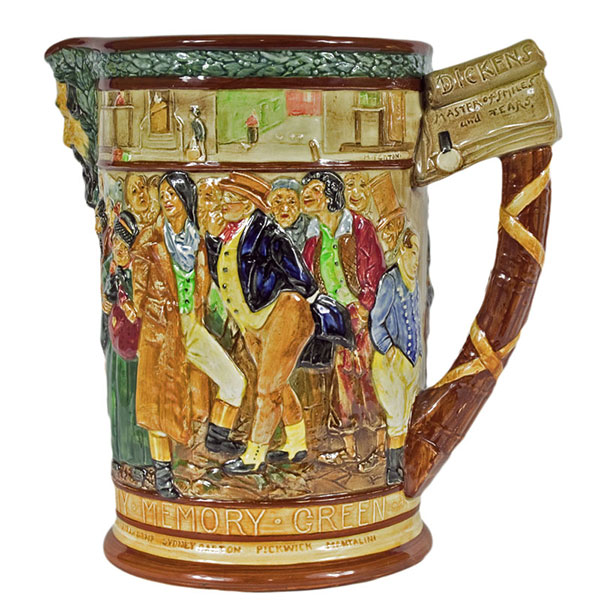
Royal Doulton Dickens Jug
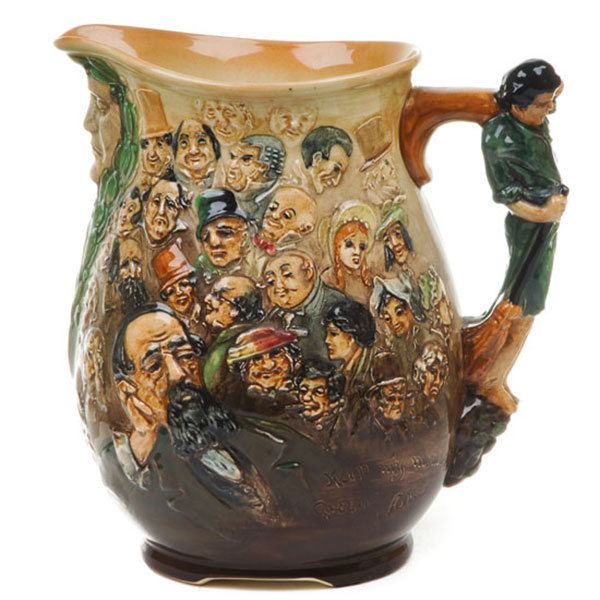
Royal Doulton Dickens Dream Jug
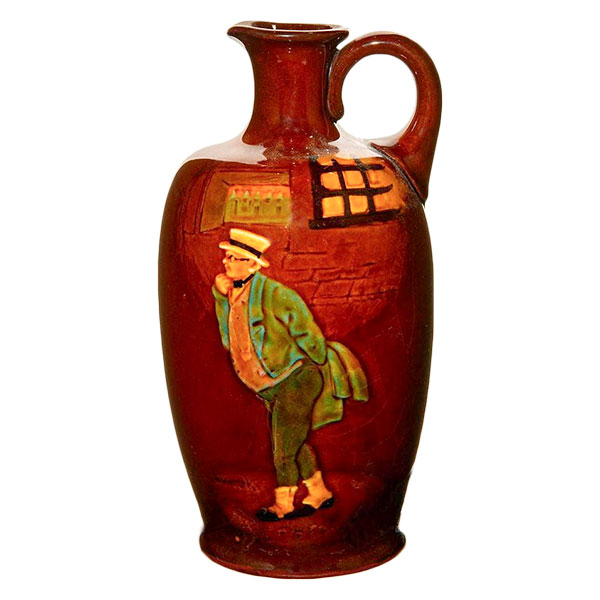
Royal Doulton Mr. Pickwick Whisky Flask
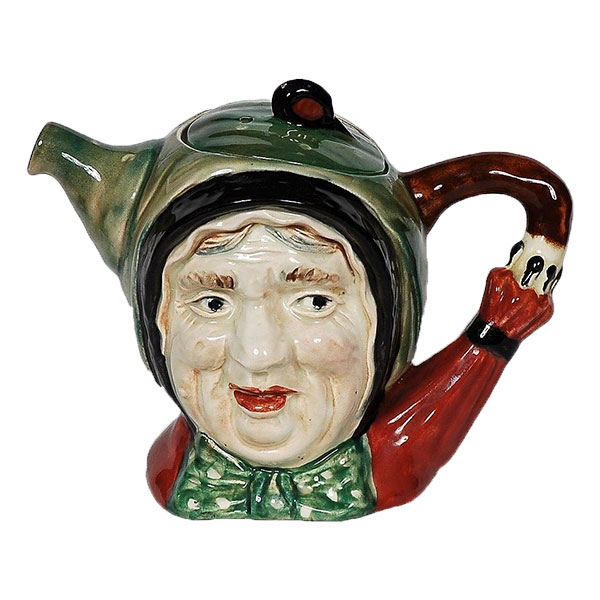
Beswick Sairey Gamp Teapot
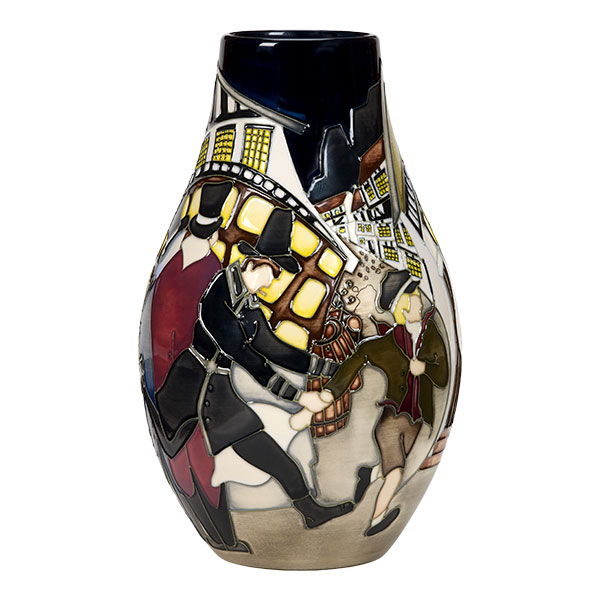
Moorcroft Oliver Twist Pickpockets Vase
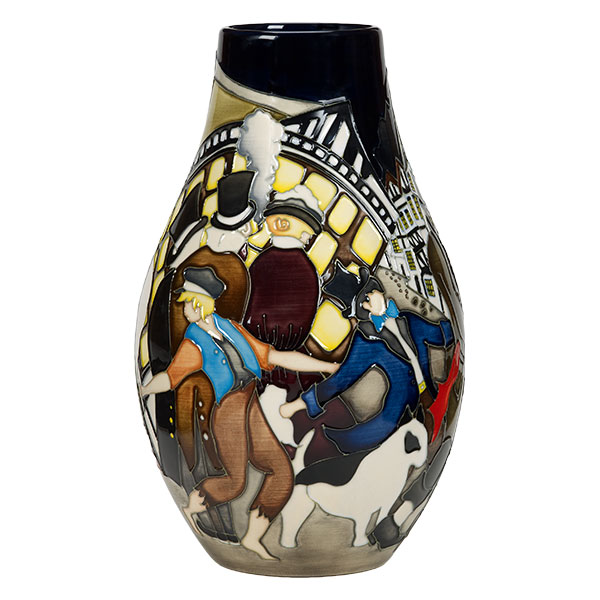
Moorcroft Oliver Twist Pickpockets Vase
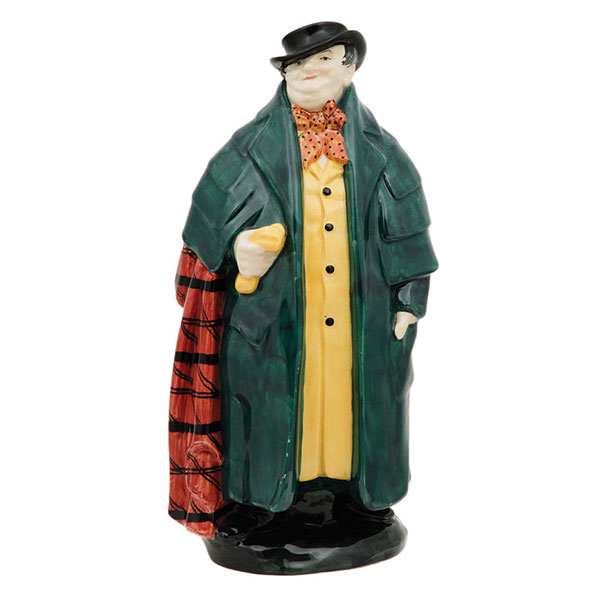
Royal Doulton Tony Weller C.J. Noke
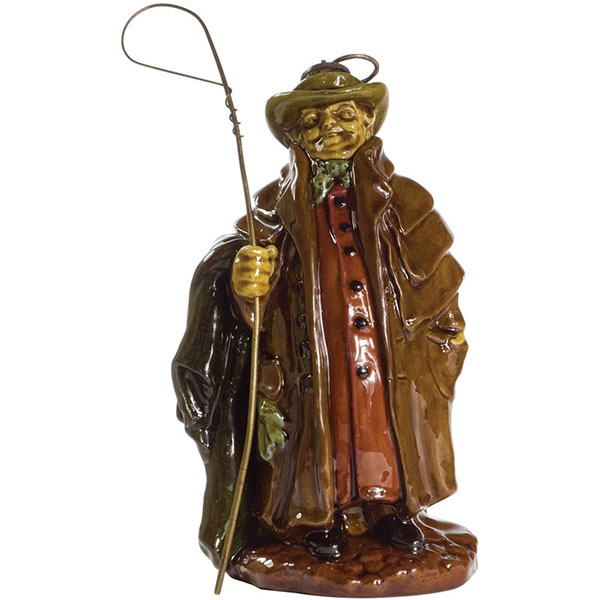
Royal Doulton Tony Weller Kingsware Whisky Flask
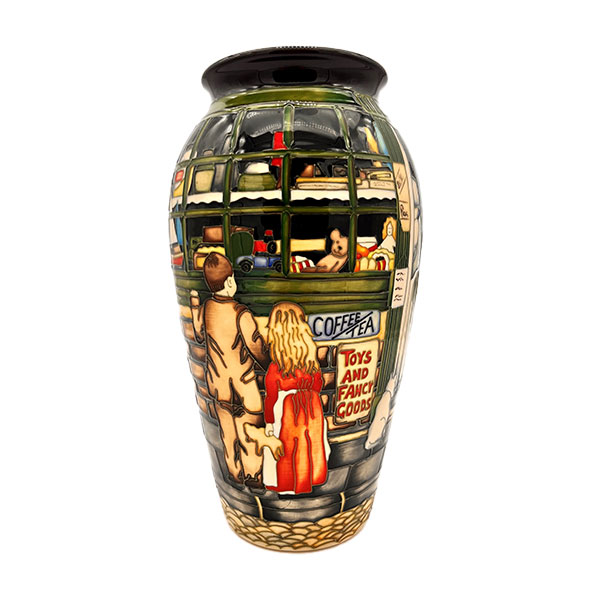
Moorcroft Fraser Street Vase
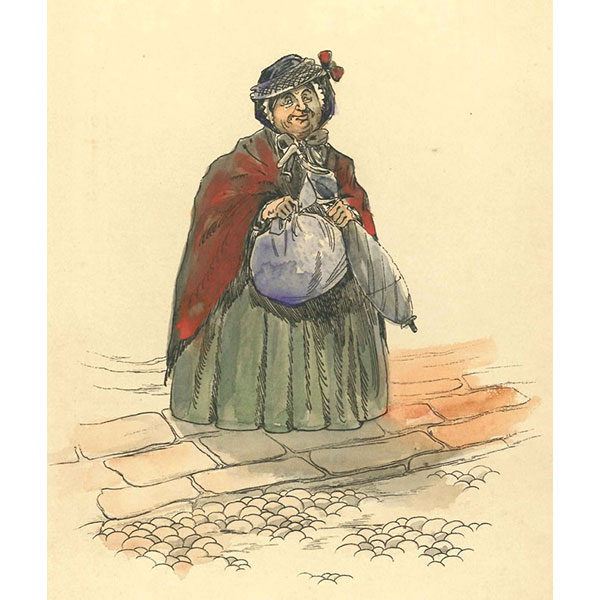
Sairey Gamp C.J. Noke
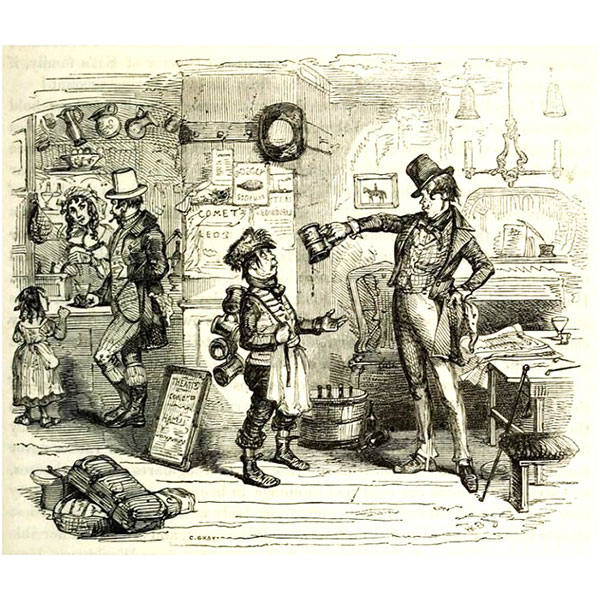
Old Curiosity Shop Mr Swiveller's Libation
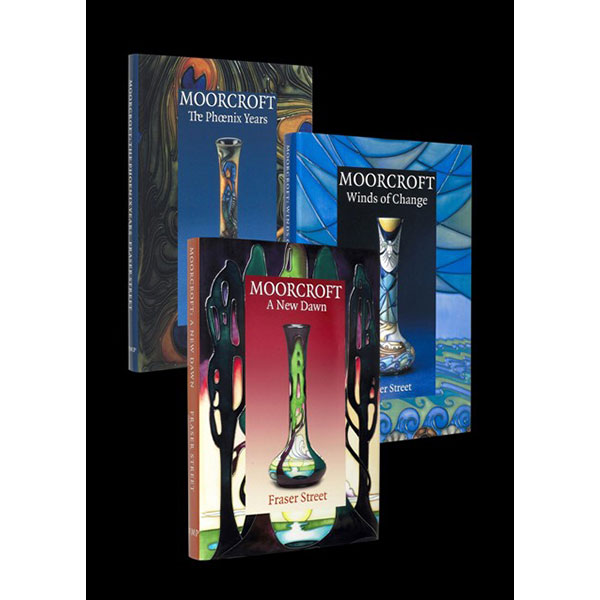
Moorcroft Books
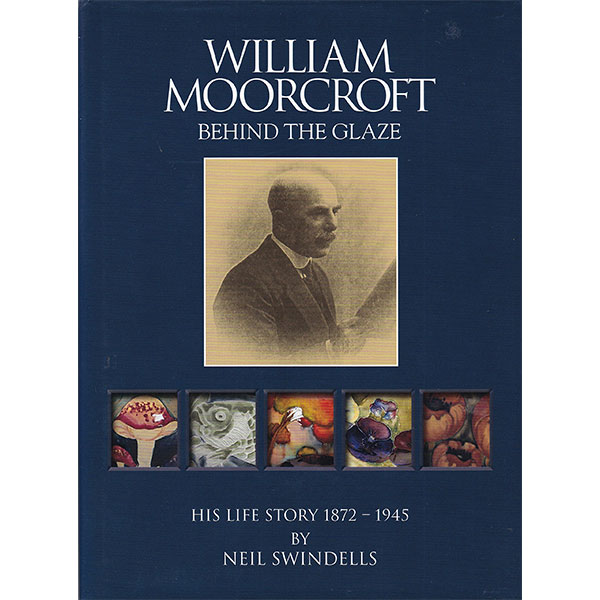
William Moorcroft Book
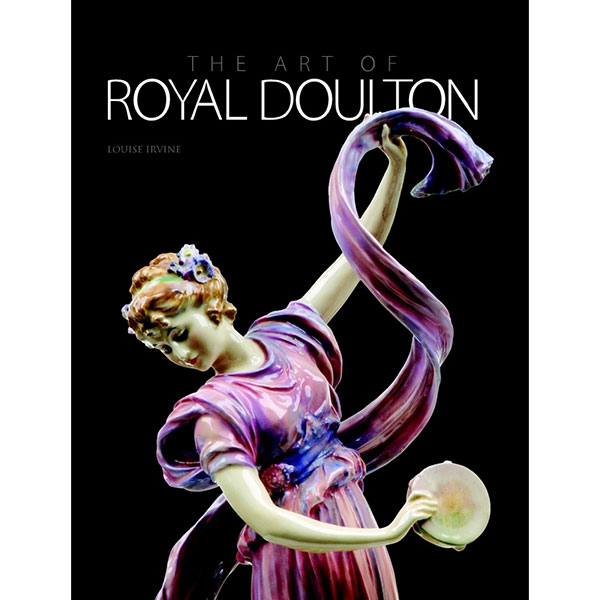
Royal Doulton Book
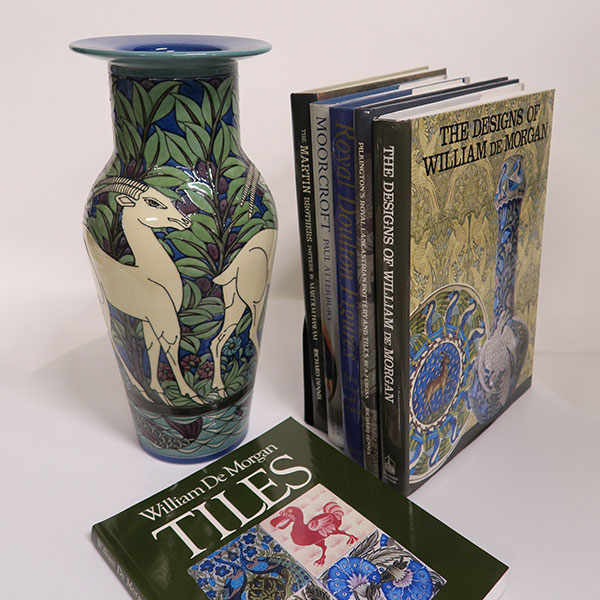
Richard Dennis William De Morgan Books
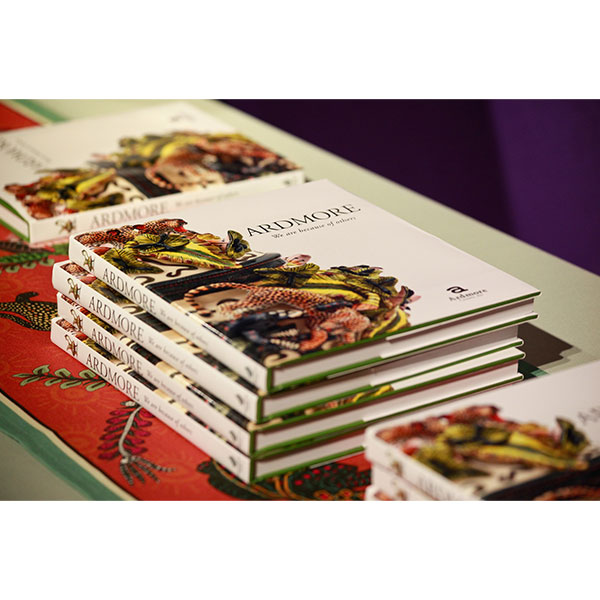
The Ardmore Books
